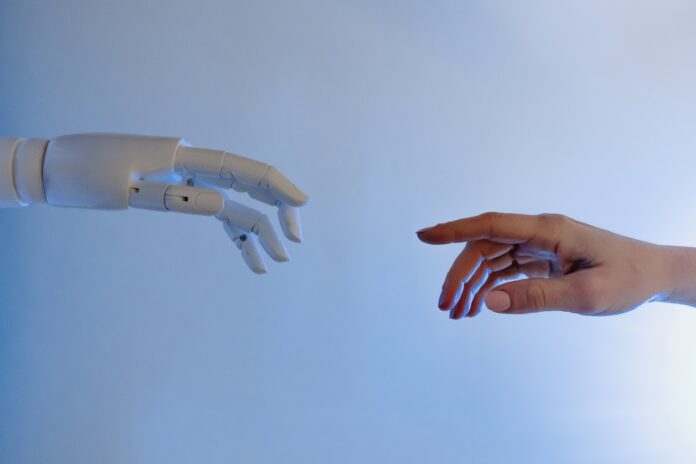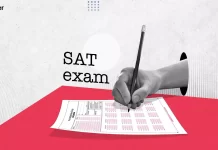Many industries are using AI, and some industries can use it, including education. As technology advances, educators and educational institutions are exploring ways to incorporate AI into learning to improve student outcomes and make teaching more efficient and effective. Today, we will learn How to use Artificial Intelligence in Education and its benefits.
Content Summary
Artificial Intelligence In Education:
So, what is AI? Simply put, AI refers to computer systems that can perform tasks requiring human intelligence, such as problem-solving, decision-making, and learning. The goal of AI in education is to enhance the learning experience for students by providing personalised and interactive experiences.
Despite AI’s numerous benefits in education, some challenges must be addressed. For example, integrating AI into existing systems and processes can be difficult, and data privacy and security are always a technology concern. The data provided by AI are not always 100% true because of data-driven bias explained by ExpressVPN. AI is not as good as an average teacher. Additionally, the technical expertise and support required to implement and maintain AI systems can be challenging for many educational institutions, according to the Times of India.
Despite these challenges, the future of AI in education looks bright. As AI technology continues to advance, the opportunities for innovation in the field of education will only continue to grow.
Personalised Learning:
One of the biggest benefits of using AI in education is personalised learning. With AI, the learning process can be tailored to each student’s individual needs and preferences. So, students can work at their own pace, receive immediate feedback on their progress, and receive recommendations for additional learning resources based on their strengths and weaknesses.
Tutoring Systems:
Another example of AI in education is intelligent tutoring systems. According to UNESCO, these systems use AI algorithms to provide students with personalised coaching and feedback on their learning progress. They can also identify areas where students need additional support and provide targeted guidance to help them overcome any challenges they may face.
Automatic Assessments:
Adaptive testing and assessment are also becoming increasingly popular in education. With AI, exams and assessments can be designed to adjust their difficulty based on the student’s performance automatically. Students can receive a more accurate assessment of their understanding of the material and feedback on areas where they need improvement.
Predictive Analytics:
By analysing data from students’ learning patterns and performance, AI algorithms can predict which students are at risk of falling behind or experiencing academic difficulties. This information can be used to intervene early and provide additional support to these students, helping to improve their academic performance.
AI in education can lead to improved student engagement, increased motivation, and more efficient use of resources. For example, AI-powered learning tools can provide students with interactive and engaging experiences that keep them motivated and interested in the material.
Conclusion:
AI has the potential to revolutionise education, making it more personalised, engaging, and effective. By embracing AI in education, we can create a learning environment that better meets individual students’ needs and helps prepare them for success in an increasingly technological world. To fully realise the potential of AI in education, address the challenges of implementation and ensure that these systems are designed and implemented responsibly and ethically. By doing so, we can create a future of education that leverages the power of AI to improve student outcomes and make education more accessible and impactful for everyone.









